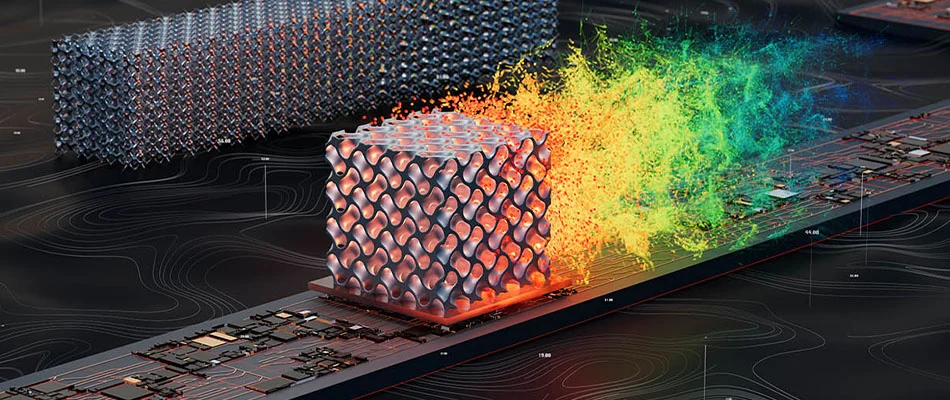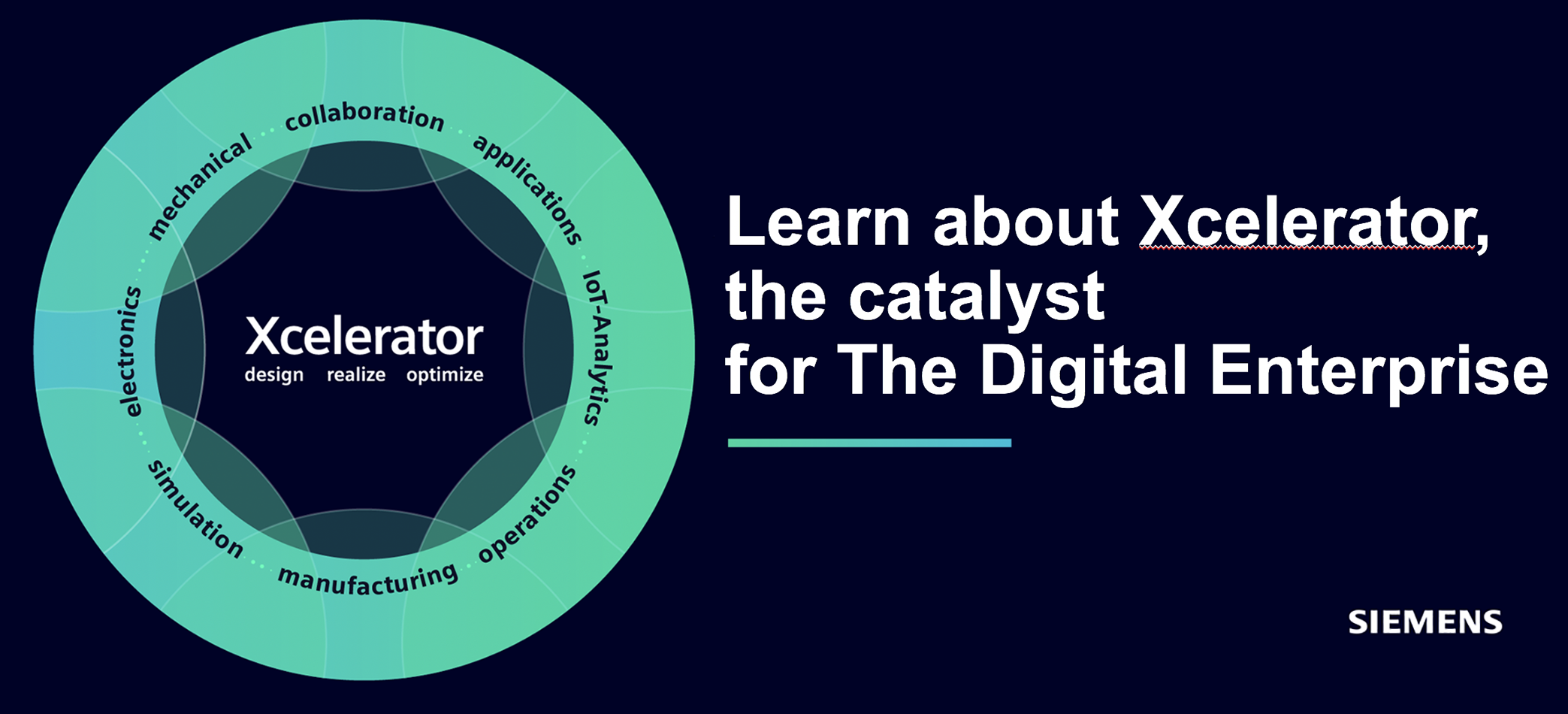In environments packed with electronic systems competent and integrated EDA domain (Electronic Design Automation) solutions is a significant advantage. However, the simulation & analysis domain consists of many other pieces where Ansys is a formidable competitor for Siemens/Altair. But initially, some thoughts around Siemens’ EDA package:
Making the right investment with a superior technical and business potential–that at the Mentor level–requires that what you buy fills functionality gaps, improves technical platform capacity needs, or constitutes a commercial expansion space within both the existing customer base, or a potentially new customer base. Add to this, in Siemens’s case, the fact that the simulation and analysis area has grown rapidly over the past decade, a growth that the analyst CIMdata predicts will continue at a rate of around 10% per year in software and related investments. In this, timing matters a lot and paved the way for success.

Here, Tony Hemmelgarn, Siemens PLM chief, and his colleagues have succeeded almost perfectly in timing the development with the Mentor acquisition, its integration into the Xcelerator portfolio, and in parallel developing the content in accordance with a long-term investment plan related to the market needs for holistic product development solutions linked to, among other things, the simulation and analysis domain. In this, on the EDA side, Mentor’s flagship, Xpedition, that came with the purchase in 2017, still remain a backbone product (“killer app”) in Siemens EDA, only much larger. But it didn’t stop there, Siemens got several other solutions with the purchase that are still included in Siemens EDA package.
Moreover, during the journey, a number of tactical additional investments have been made to the EDA package in the form of company and solution purchases. Notably, we are talking about around ten new solutions that have been integrated and added to the original Mentor capabilities, AI included.
”True,” commented Tony Hemmelgarn in an earlier interview PLM&ERP News made with him, and he continued: “AI is not a new area of investment for Siemens EDA. For example we acquired leading AI EDA vendor Solido in 2017, and since then AI has expanded into virtually every Siemens EDA product line. This enables new features and drastically improved performance and productivity levels. The improvements are significant and are measured in grandiose orders of magnitude. For example, the Solido tools deliver 100-1000 times improved capabilities compared to analog design verification.”
Solutions lifted out from Mentor
A relevant piece of information in the context is also that two Mentor solutions have been lifted from the Siemens EDA package:
* FLOEFD (a fully CAD-embedded CFD software with multiphysics capabilities, for designers to analysts) which is placed within the Simcenter portfolio
* Capitial, which is placed within the PLM design area (electrical and electronics, E/E-systems development software).
In short, sometimes 1+1 can be more than 2. I would like to say that this is the case with what Hemmelgarn and his colleagues have achieved with Mentor Graphics. In total, the EDA area and the pieces lifted from this environment, according to my research and qualified guess (Siemens does not reveal broken sub-PLM figures), bring in more than $3 billion annually. When Mentor was acquired in 2017, revenues were just over $1.1 billion, if I remember correctly.

EDA is a growing domain with a very bright future ahead
A general EDA observation is that the domain in 2022 generated global business investment in related tools that grew by 12.7%. In total, EDA accounted for a 22.5 percent share of the PLM total, with investments in these sub-PLM tools corresponding to close to $15 billion. The trend has basically continued in 2023 and 2024.
That EDA continues to be a top domain among the digital tool investments isn’t surprising, given the increasingly heavy weighting that electronics have in most products these days. Above all in the automotive, aerospace and defense industries. It is also the case that the explosive development in AI, artificial intelligence, underpins a growth curve in the field that continues to point sharply upwards.
Given this commercial power and the fact that the automotive, aerospace and defense industries are driving the development, it looks like consistent business logic that Siemens Digital Industries Software invested heavily in the area. These industrial segments are the company’s home ground, and Siemens’ customers account for major parts of the German PLM giant’s revenue streams. Today these customers, and certainly also others, want more AI functions to improve and speed up the development loops, and Hemmelgarn et alliances have decided to bring the relevant tools to the table. Altair is a great example of this.
The purchase makes Siemens the clear commercial second in S&A
The electrification trend is another example of the above, as well as to an even greater degree the development with software in almost all of today’s products. The next step is to implement AI, machine learning ML and holistically deploy this in an increasingly digitized product development context, where simulation and analysis have played an increasingly growing role for at least ten years. As digital models, as digital twins, and as products whose life cycles must be tied together with digital threads, Siemens’ Altair Engineering purchase, is exactly what can help the company consolidate its role as leading PLM, sub-PLM, and automation supplier.
With Altair on board Siemens Digital Industries Software commercially can consolidate Altair’s just under $666 million 2024 revenue. The combined Siemens/Altair business will according to my research and calculations then be able to generate almost $1.9 billion ($1.2 from Siemens existing S&A business), putting them in second place in the CAE market, after Ansys on the top, who took in $2.55 Billion 2024.
On the third place we will find MathWorks (around $1.4 billion), and on the fourth place Dassault Systemes, who took in around $1.4 billion 2024.

A tough job remains
Still, it’s not an easy job that lies ahead of Siemens, not in terms of integration challenges, nor to develop world class competitive holistic solutions. Ansys/Synopsys is a formidable competitor, and they are not standing still. As Joe Tristano points out the UX (User Experience) has improved and Ansys has released incremental new versions of all of its portfolio. PLM analyst CIMdata noted in its 2024 simulation report:
“Amongst the new offerings were its AI portfolio of AI+ tools, which are AI embedded versions of its conventional portfolio, SimAI, a physicsneutral offering based on historically available simulation data. The software can use Ansys as well as non-Ansys simulation data. AnsysGPT is also being promoted in its beta release as a potential GPT based support engine for Ansys users. Ansys reported robust business growth close to double digits and continues to be one of the most profitable businesses in the simulation space. Like most companies, it tracks ACV and recurring ACV as a significant indicator of its business performance. It has reported ACV growth of 12% and recurring ACV contributing to higher and higher portion of its revenue with every passing year.”
However, overall Siemens got the development resources, the existing commercial platform, the technological competence, the determination, and the Xcelerator portfolio’s PLM capabilities to challenge Ansys/Synopsys’ position as a market leader.
If handled in a smart way, with “the Mentor approach”, the Altair purchase could be a step of significant commercial and technological importance corresponding to what the Mentor investment has yielded. All in the direction of being able to offer a complete solution to customers’ problems, based on Siemens’ comprehensive digital twin concept.
It is not easy, but not impossible either.






